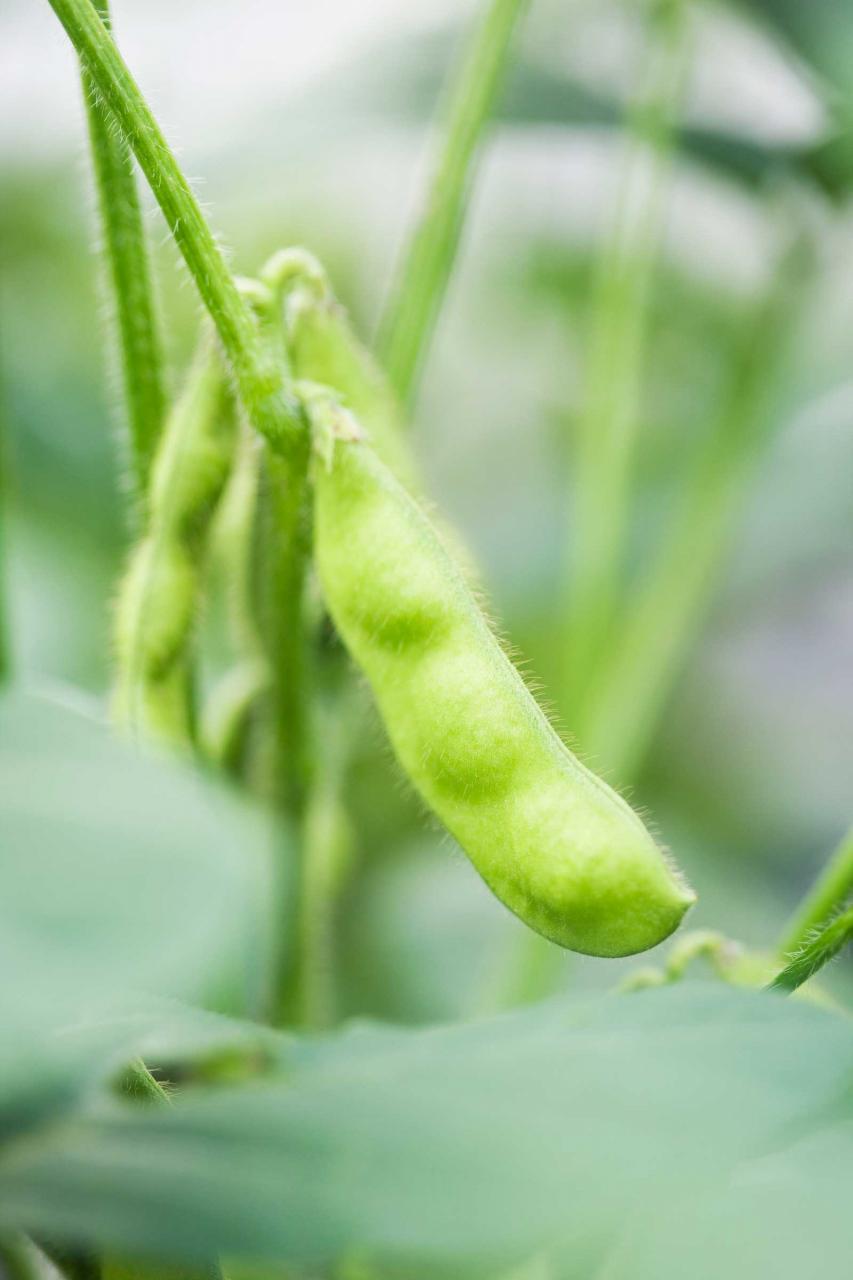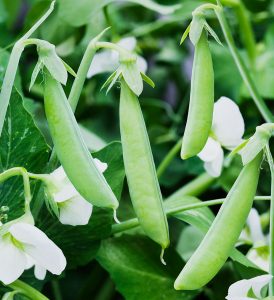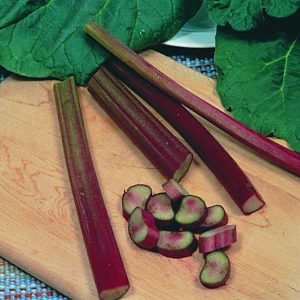

You’ll be growing a nutritional powerhouse when you plant edamame in your garden. This soybean is a low-fat, high-protein, high-fiber food packed with folate, phosphorus, magnesium, and disease-fighting isoflavones - and, like all plants sold by Bonnie, is non-GMO. Harvest when pods are young and contain at least two beans per pod. The beans are the edible part, but you need to cook the pods before the beans are fit to eat.
This soybean loves the sun and warm soil. Set plants out about the same time you plant green beans or zucchini, after all danger of frost is past. Plants aren’t very susceptible to pests or diseases, but critters like rabbits, deer, and groundhogs love them. Protect edamame plants if such varmints frequent your garden. Edamame has a narrow harvest window of three to seven days, after which the plant is finished. Use succession planting at 7- to 14-day intervals for a longer harvest window. Set individual plants 12 to 18 inches apart; wider spacing leads to higher yields. On average, expect 2.5 pounds of pods per plant.
- Light Full sun
- Matures 75 to 85 days
- Plant spacing 12 to 18 inches apart
- Plant size 24 to 30 inches tall
Light requirements Full sun for best yields, but plants produce in part shade.
Planting Space 12 to 18 inches apart.
Soil requirements Edamame tolerates all kinds of soil, including clay. Plants produce heaviest in compost-enriched soil.
Water requirement Keep soil consistently moist throughout the growing season.
Frost-fighting plan Even a light frost damages plants. Don’t set plants out until soil temperature is consistently above 55ºF. If late spring frost threatens, protect plants with a frost blanket.
Common issues Keep an eye out for aphids. Protect plants from deer, rabbits, and groundhogs. High temperatures do not affect blossoms.
Harvesting Harvest pods after they swell. For best flavor, wait for the first yellow leaves to appear (on any edamame plant, not all of them). All the pods on a plant ripen at once, so you can cut the whole plant and then remove pods. Or, hand-pick individual pods from plants.
Storage Refrigerate washed pods in a plastic bag. Beans typically store up to 7 days. For long-term storage, blanch pods for two to three minutes and freeze in zip-lock plastic freezer bags.



